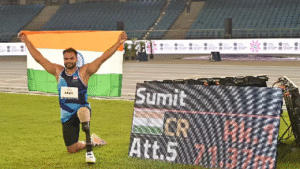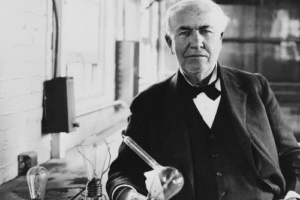The Guwahati Ropeway is a cable car system inaugurated in August 2020 that spans across the River Brahmaputra in Guwahati, Assam, India. Here are more details about this state-of-the-art transportation system.
The Guwahati Ropeway stretches over 1.8 km (5,906 feet), connecting the southern part of the city to the northern part across the Brahmaputra River.
The journey covers a scenic and picturesque route with stunning views of the river, Guwahati city, and the surrounding hills.
The ropeway drastically reduces the travel time between the two parts of the city. What used to take about an hour by road is now reduced to just eight minutes by ropeway, providing a significant improvement in commuting efficiency.
Southern Station: Located on the Kachari Ghat side of the river, which is close to the main city area.
Northern Station: Situated near Hawah Ghat, on the northern banks of the river.
The stations are equipped with modern facilities, including ticket counters, waiting areas, and transportation connections to local public transport.
The Guwahati Ropeway can carry a substantial number of passengers, with each gondola having a capacity of about 8-10 people. The system is designed to transport several hundred passengers per hour, making it efficient for daily commuters as well as tourists.
The ropeway provides passengers with an aerial view of Guwahati and the Brahmaputra River, offering a unique touristic experience. Riders can enjoy panoramic views of the cityscape, Temples, river islands, and the majestic hills surrounding the city.
The ropeway is a significant step in enhancing the connectivity between the southern and northern parts of Guwahati. Before the ropeway, the only way to cross the Brahmaputra River was by road, which led to traffic congestion, especially during peak hours.
By providing a quick and direct transportation option, the ropeway helps alleviate congestion, reduces pollution, and contributes to a sustainable mode of transport in the city.
part from serving as a convenient mode of transportation, the Guwahati Ropeway has also boosted tourism in the region. With its scenic views, it has become a must-visit attraction for tourists visiting Guwahati and Assam.
It provides a new perspective on the Brahmaputra River and is expected to draw more tourists to the region, particularly those interested in experiencing the beauty of the river and the city from an aerial view.
The ropeway was designed to meet high standards of safety and durability. It is equipped with advanced engineering systems to ensure smooth operation even in challenging weather conditions. The system is designed to handle high winds, heavy rain, and other environmental factors typical of the region.
The Guwahati Ropeway is seen as an eco-friendly alternative to traditional road transport, especially considering the reduction in road traffic and pollution that it brings.
The system is powered by electricity, and the use of ropeway technology is considered environmentally sustainable, as it minimizes the carbon footprint of daily commutes across the river.
The success of the Guwahati Ropeway has led to plans for further expansion. Authorities have expressed interest in increasing the network of ropeways in Guwahati to improve city connectivity further and explore other tourism spots.
The Guwahati Ropeway is a modern, efficient, and scenic transport solution that significantly reduces travel time, enhances connectivity, and serves as a new tourist attraction in Guwahati, Assam. It is a step toward addressing the city’s traffic issues, promoting sustainable travel, and providing an opportunity to witness the beauty of the Brahmaputra River and the city from above. With its engineering innovation and environmental benefits, the Guwahati Ropeway is an exciting addition to the city’s infrastructure and an important part of the region’s future development.







